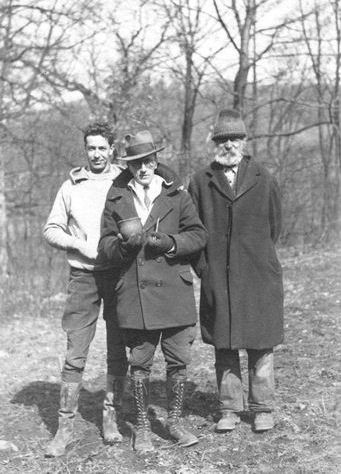New Deal Archaeology
Introduction
From the harsh winter of 1934 to the eve of World War II, a small band of intrepid men roamed the rugged mountains of southwestern Pennsylvania seeking, recording, and excavating archaeological sites. Their hard work uncovered the remains of Native American villages, rockshelters, and even a small camp site. Scholars recognized the existence of the Monongahela culture based on their findings. Even today, more than sixty years since these men excavated their last village site, their work continues to shape our understanding of the past.
Yet, while new generations of archaeologists continue to study the records and artifacts left behind, the story of these men has been lost in the shadows of history. These men were not formally trained archaeologists. They were everyday people—coal miners, farmers, and railroad workers—who had lost their jobs during the Great Depression. Employed under a variety of New Deal programs, these men were grateful not only to have jobs, but were keenly aware of how they were helping write a new chapter about the past.
This section tells the story of these New Deal archaeologists, their major findings, and how their work continues to influence today's research. Also included is a bibliography.
Pages in this Section

Edgar Augustine (center) directed most
of the New Deal archaeology
in Somerset County.
Note
This section of the Archaeology website was developed by Dr. Bernard K. Means based on his ongoing research into New Deal archaeology in Pennsylvania.